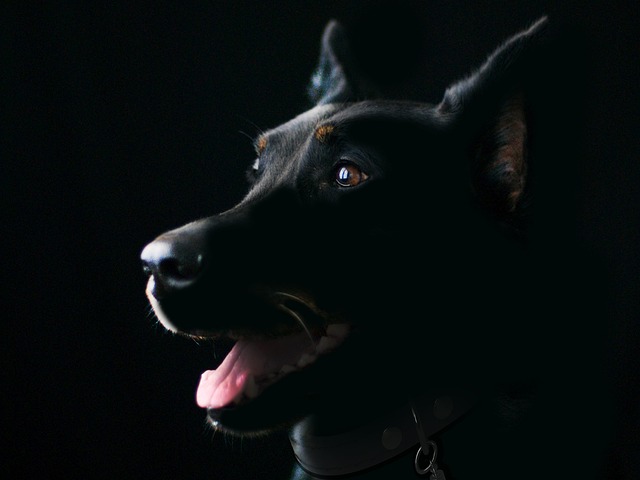
How do i train my dog to be obedient?
Watching your dog dart across the park ignoring your calls isn’t just frustrating—it can put them at risk near busy streets or public spaces.
Start with small, simple actions your dog already does naturally—like sitting when they want a treat or lifting a paw to get attention. These tiny behaviors are the building blocks for tricks, and using positive reinforcement (think tiny, tasty treats or excited praise) keeps them engaged. Remember, short sessions (5-10 minutes max) work better than long ones—dogs get bored fast, just like kids with a new toy they’ve played with too long.
Before you dive into teaching “roll over” or “high five,” check your local area’s pet laws. Some places have rules about training equipment (no harsh collars, for example) or even where you can practice—public parks might require your dog to be on a leash until they’re well-trained. It’s not just about following the rules; it’s about keeping your dog safe and making sure other people (and their pets) feel comfortable around them.
 Timing is everything when teaching tricks. If you give a treat after your dog stops sitting, they won’t connect the treat to the behavior you want. You need to reward them the second they do what you ask—like the moment their bottom hits the ground for “sit.” Using a consistent cue (a short word like “sit” or a hand signal) helps too. Dogs learn through repetition, so saying the same word and using the same gesture every time avoids confusion.
Timing is everything when teaching tricks. If you give a treat after your dog stops sitting, they won’t connect the treat to the behavior you want. You need to reward them the second they do what you ask—like the moment their bottom hits the ground for “sit.” Using a consistent cue (a short word like “sit” or a hand signal) helps too. Dogs learn through repetition, so saying the same word and using the same gesture every time avoids confusion.
Don’t get frustrated if progress is slow. Every dog learns at their own pace—some might pick up “shake” in a day, while others take a week or more. If your dog seems stressed (ears back, tail tucked), take a break. Forcing them to keep trying will only make them scared of training time. Instead, end each session on a positive note—even if they only did the trick once. That way, they’ll look forward to the next time you pull out the treat bag.
Wrap up training by reinforcing good behavior outside of sessions. If your dog sits calmly at the door when you grab their leash, give them a quick treat and a “good job!” This helps them understand that listening isn’t just for trick time—it’s for everyday life. Over time, these small, consistent rewards will make them more obedient and strengthen the bond between you two. After all, teaching tricks isn’t just about showing off—It’s about having fun and building trust with your furry best friend.

Watching your dog dart across the park ignoring your calls isn’t just frustrating—it can put them at risk near busy streets or public spaces.

New puppy owners often find themselves rushing to clean up accidents before they set in, and that’s where puppy pad training becomes a game-changer.

If you've noticed your dog's waistline disappearing and your veterinarian has mentioned those few extra pounds, your first instinct might be to simply reduce the amount of food in their bowl.

Training a dog to use a designated spot indoors isn’t as daunting as many new owners fear, but it does take consistency and an understanding of your pet’s needs.

That moment of dread on a walk is all too familiar for many new dog owners. You see another dog approaching down the sidewalk of your neighborhood

If the sight of another dog on your neighborhood walk makes your heart sink as your own dog erupts into a frenzy of barking and lunging, you're not alone.